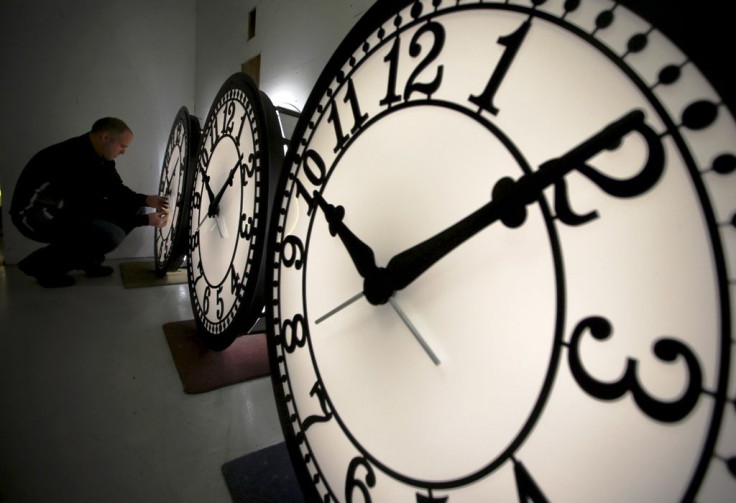When Does Daylight Saving Time End In 2020? Set Clocks Back Soon
Each year we set our clocks back and gain an additional hour. Starting Sunday, Nov. 1, at 2:00 a.m., the U.S. will turn clocks back one hour, officially ending daylight saving time in most of the United States with the exception of Hawaii and Arizona.
Since the time changes at 2 a.m. local time, clocks are typically changed before going to bed.
According to the Almanac, the idea of daylight saving was concocted by Benjamin Franklin to save the expense of candlelight. In a satirical essay titled “An Economical Project” that was published in the Journal de Paris 1784, Franklin discussed the benefits of daylight.
“Every morning, as soon as the Sun rises, let all the bells in every church be set ringing: and if that is not sufficient, let cannon be fired in every street to wake the sluggards effectually…Oblige a man to rise at four in the morning, and it is probable that he will go willingly to bed at eight in the evening.”
While most people got on board with the idea and have set their clocks back each year, some people felt daylight saving should be skipped this year due to the coronavirus pandemic.
In September, Republican senators Marco Rubio and Rick Scott proposed legislation that would skip the time change through November 2021.
The legislation was aimed to “provide one year of stability for families who are already dealing with enough change with virtual learning, work from home, and other disruptions the COVID-19 pandemic has placed into our daily lives.”
However, the legislation wasn’t passed and daylight savings time will end on Nov. 1, 2020, and will begin again at 2 a.m. on Sunday, March 14, 2021.

© Copyright IBTimes 2025. All rights reserved.






















